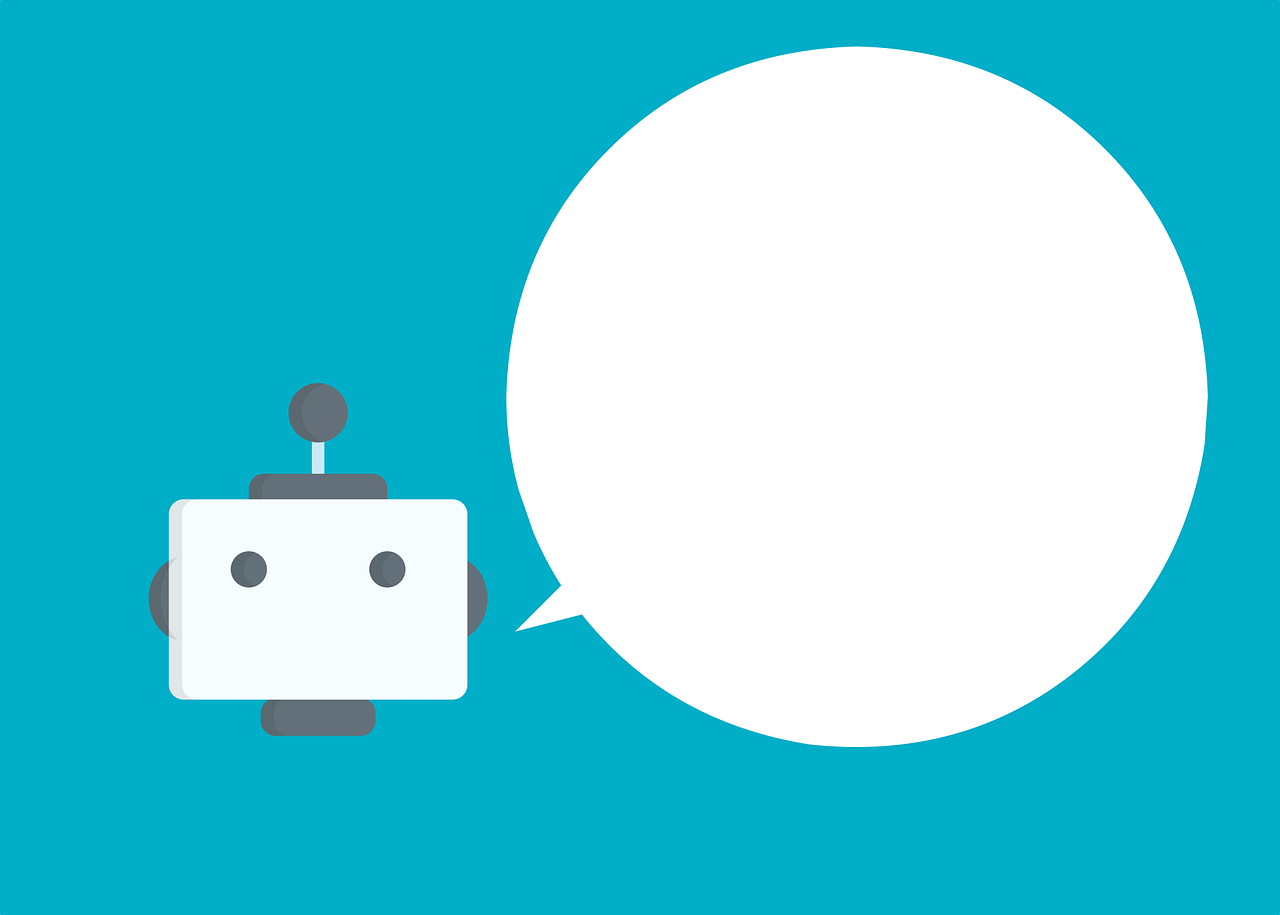Microsoft Retires Skype: What You Need to Know About the Move to Teams

Skype was launched in Estonia in 2003 and quickly became one of the most popular online communication platforms, enabling users to make free voice and video calls. Microsoft acquired Skype in 2011 for $8.5 billion and later integrated it into its suite of services. Over time, Skype lost ground to other platforms like Zoom, Google Meet, and Microsoft Teams. This led Microsoft to make the decision to shut down the service permanently.
Moving to Microsoft Teams: A Step Toward the Future
Instead of Skype, Microsoft recommends that users transition to Microsoft Teams, which offers a wide range of advanced features including:
- One-on-one and group calling for easy communication
- Messaging and file sharing capabilities
- Integrated meeting scheduling and calendar management
- Community-building and group interaction tools
Users can log into Microsoft Teams using their existing Skype credentials. Contacts, chats, and call logs will be migrated automatically. However, Microsoft has noted that certain data, such as conversations between Skype accounts and work/school Teams accounts, may not carry over.
Transition Timeline
- Until April 3, 2025: Users can continue renewing their Skype paid services
- Until May 5, 2025: Skype will remain operational and usable alongside Teams
- Until January 2026: Skype data will remain accessible for export or deletion
- After January 2026: All Skype data will be permanently deleted
Tips for Users
- Switch to Teams: Log in to Microsoft Teams with your Skype credentials to get started
- Export Your Data: If you prefer not to switch, make sure to download your Skype data before the cutoff
- Explore Alternatives: Consider other communication platforms like Zoom, Google Meet, or WebEx if Teams doesn’t meet your needs
Conclusion
The shutdown of Skype marks the end of a digital communication era but also signals the beginning of a new phase with Microsoft Teams. Offering a more integrated and feature-rich environment, Teams is set to carry forward Microsoft’s vision for modern collaboration and connectivity.



